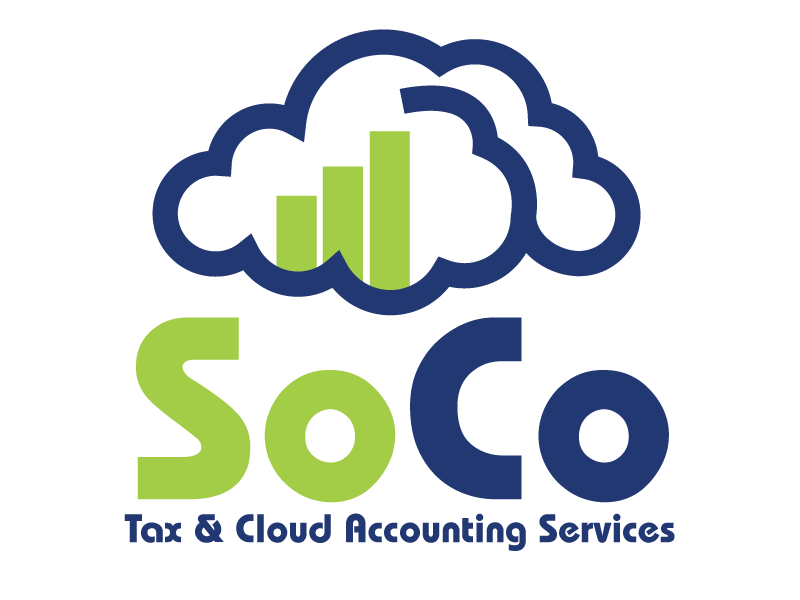COVID-19 Tax Relief Measures
The Coronavirus Aid, Relief, and Economic Security Act (CARES Act) made many temporary changes in the tax law. The new Consolidated Appropriations Act (CAA) adjusted some of these and left others to die on December 31, 2020.
Below are insights into some of the changes.
Borrow $100,000 from Your IRA and Pay It Back within Three Years with No Tax Consequences
Thanks to the CARES Act, IRA owners who were adversely affected by the COVID-19 pandemic were eligible to take tax-favored coronavirus-related distributions (CRDs) from their IRAs during 2020—but only during 2020.
You could take as much as $100,000. You can then recontribute a CRD back into your IRA within three years of the withdrawal date and treat the withdrawal and later recontribution as a federal-income-tax-free rollover.
In effect, the CRD drill allowed you to borrow up to $100,000 from your IRA(s) and then recontribute (repay) the amount(s) at any time up to three years later, with no federal income tax consequences when all is said and done. There are no limitations on what you can use CRD funds for during the three years.
Status report. The CAA does not extend the CRD deal beyond 2020, but it clarifies that similar tax rules can apply to IRA distributions taken by folks who are affected by specified future disasters.
Suspension of Retirement Account Required Minimum Distributions
In normal times, you must begin taking annual required minimum distributions (RMDs) from traditional IRAs and tax-deferred retirement plan accounts after you reach age 72 (or age 70 1/2 if you turned 70 1/2 before 2020). The CARES Act suspended RMDs for calendar year 2020 as a COVID-19 tax relief measure, but only for that one year.
Status report. So far, lawmakers have not extended this deal.
Small-Employer Tax Credits to Cover Required COVID-19-Related Employee Paid Leave
The Families First Coronavirus Response Act (FFCRA) granted a federal tax credit to small employers to cover mandatory payments to employees who take time off under the FFCRA’s COVID-19-related emergency sick-leave and family-leave provisions.
Specifically, a small employer could collect a tax credit equal to 100 percent of qualified emergency sick-leave and family-leave payments made by the employer pursuant to the FFCRA. But the credit under the FFCRA covers only leave payments made between April 1, 2020, and December 31, 2020. Equivalent tax credit relief was available to self-employed individuals who took qualified leave between those dates.
Status report. The FFCRA expired by its terms on December 31, 2020. But the COVID-Related Tax Relief Act of 2020 (contained within the CAA) extends the small-employer credit to cover leave payments made between January 1, 2021, and March 31, 2021, that fall within the FFCRA framework.
There is no requirement for small employers to provide emergency sick-leave or family-leave payments after December 31, 2020. But between January 1, 2021, and March 31, 2021, employers can choose to make voluntary leave payments that fall within the FFCRA framework and can collect the credit if they do so.
Equivalent tax credit relief is available to self-employed individuals who take qualified leave between January 1, 2021, and March 31, 2021.
Liberalized Business Net Operating Loss Deduction Rules
Business activities that generate tax losses can cause you or your business entity to have a net operating loss (NOL) for the year. The CARES Act significantly loosened the NOL deduction rules and allows a five-year carryback for NOLs that arose in tax years 2018-2020.
So, an NOL that arose in 2020 can be carried back to 2015. NOL carrybacks allow you to claim refunds for taxes paid in the carryback years. Because tax rates were higher in pre-2018 years, NOLs carried back to those years can result in hefty tax refunds.
Status report. The CAA does nothing for NOLs that arise in tax years beginning in 2021—you can carry them forward only.
Suspension of Excess Business Loss Disallowance Rule
Before the CARES Act relief, the Tax Cuts and Jobs Act (TCJA) disallowed so-called excess business losses incurred by individuals in tax years beginning in 2018-2025. The TCJA defined an excess business loss as a loss that exceeds $250,000, or $500,000 for a married joint-filing couple. The $250,000 and $500,000 limits are adjusted annually for inflation.
The CARES Act suspended the excess business loss disallowance rule for losses that arose in tax years beginning in 2018-2020.
Status report. The CAA does nothing for excess business losses that arise in tax years beginning in 2021. As things stand, you effectively treat a 2021 excess business loss as an NOL that you can carry forward to future years.

